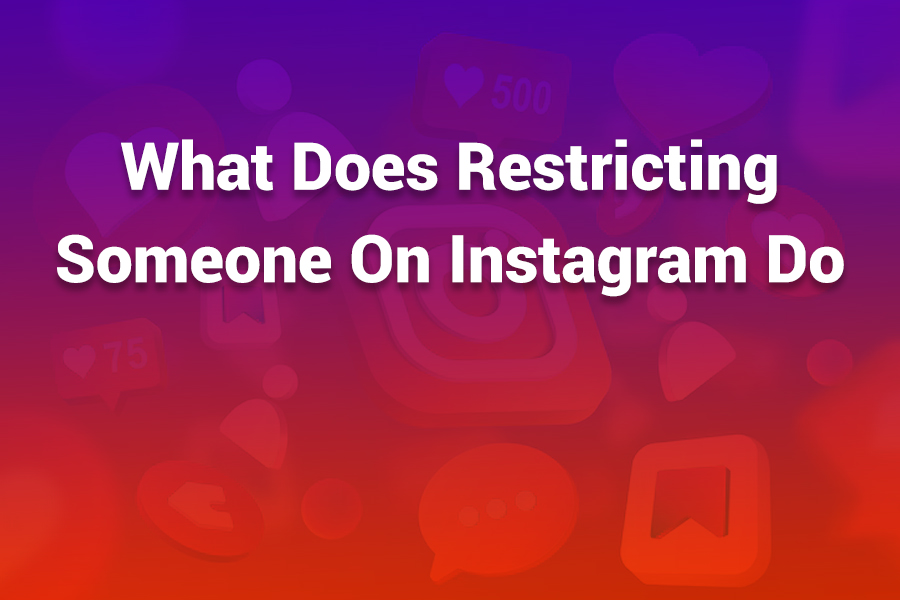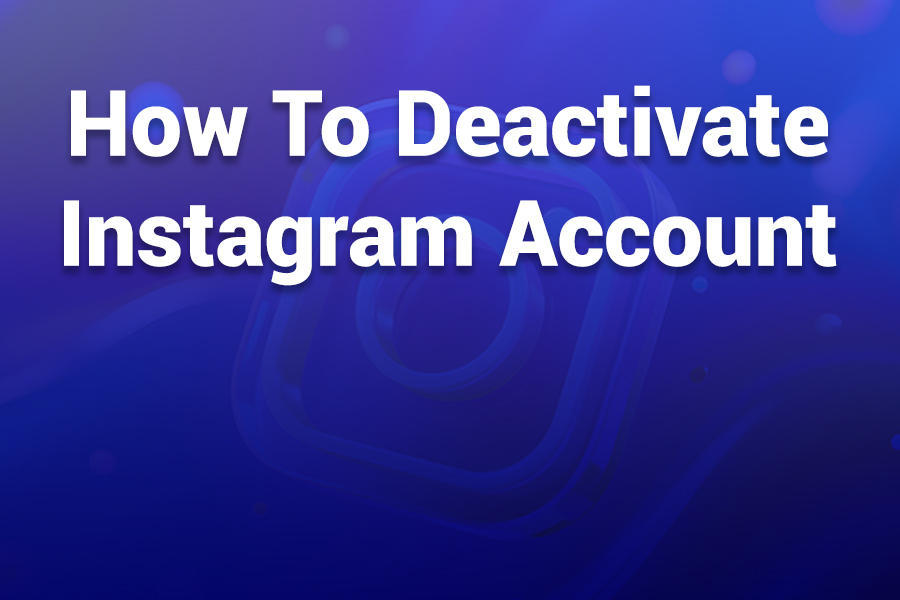
Instagram keeps evolving, and creators constantly ask: how long can a reel be on Instagram today? In 2025, that boundary has shifted. In this article I’ll break down the current Reel limit, explain exceptions, compare past and present rules, share tips to optimize performance, and advise on when to stretch or shorten your videos—all without confusing jargon. You’ll know exactly how to use any clip length.
How Long Can a Reel Be on Instagram? (2025 Limit)
In early 2025, Instagram officially expanded the maximum length for Reels from the prior 90 seconds to 3 minutes (180 seconds). This change gives creators more room to tell stories, teach something, or share longer clips.
Instagram’s head, Adam Mosseri, explained that many creators found 90 seconds too limiting, so the platform responded.
Why the Change Matters
Instagram’s shift to 3-minute Reels reflects a few important trends:
- It helps creators deliver more value, depth, or storytelling.
- It positions Reels more competitively with rivals like TikTok.
- It lets brands, educators, and influencers stretch content while staying within the short‐form video ecosystem.
However, that doesn’t mean every Reel should run full length.
Are There Exceptions? Longer Uploads vs. Algorithm Support
While Instagram now supports Reels up to 3 minutes, some creators report that videos exceeding 90 seconds may face distribution limitations. In other words, the algorithm often favors shorter Reels for discovery and reach.
Also, outside the Reel formatting, Instagram still accepts longer videos under other post types; for example, through desktop upload, you may post videos up to 60 minutes long (though they won’t necessarily be treated as Reels).
Finally, if you import a long video from your camera roll, it might convert into a Reel, but its performance as a Reel could suffer if it’s unusually long or doesn’t engage viewers well.
Historic Timeline: From 15 Seconds to 3 Minutes
Understanding how we got here clarifies best practices:
- Reels launched with 15-second and eventually 30-second options.
- Later, Instagram allowed 60 seconds.
- By about 2023, many creators could make 90-second Reels.
- As of January 2025, the new ceiling is 3 minutes.
This gradual extension reflects Instagram’s balancing act: giving creators freedom without converting Reels into traditional long videos.
Optimal and Ideal Reel Lengths
Just because you can make a 3-minute Reel doesn’t mean you always should. Here’s what data and experience suggest:
- The sweet spot for engagement often lies between 15 and 30 seconds. Short clips tend to get watched fully, boosting completion rate.
- For tutorial, educational, or narrative content, 60 to 90 seconds hits a balance between depth and attention.
- Use the full 3 minutes only when the content truly requires it—interviews, demonstrations, or storytelling with multiple segments.
Many creators report that the algorithm rewards reels that keep viewers engaged from start to finish.
Practical Tips for Using 3-Minute Reels
- Hook instantly: Grab attention in the first 3–5 seconds.
- Segment your content: Break the video into mini-chapters or transitions.
- Maintain pacing: Don’t let the middle drag.
- Use captions and visuals: Many watch without sound.
- Test both lengths: Try 30-second vs. 3-minute versions and see which performs better for your niche.
- Watch retention metrics: Use Instagram Insights to track where viewers drop off.
- Don’t cram filler: If extra seconds don’t add value, trim them.
What Happens If You Upload More Than 3 Minutes?
If your video surpasses the 3-minute Reel limit, several things can happen:
- The app might cut the video to the 3-minute mark automatically.
- It may convert the clip into a regular post (rather than a Reel) — thus losing Reel algorithm advantages.
- The longest portion beyond Reels might still show in feed, but without Reel promotion.
Creators sometimes trim long content into multiple parts or repurpose it into a short Reel and link to the full video elsewhere.
Comparisons: Instagram vs. Others
- TikTok: Often allows videos up to 10 minutes (or longer in some regions).
- YouTube Shorts: Generally capped around 3 minutes.
Instagram’s 3-minute limit brings it closer to YouTube Shorts while still favoring brevity over longform.
When to Use Short vs. Long Reels
Use short (15–30s) for:
- Quick tips, teasers, trends, humor, fast ideas.
Use medium (60–90s) for:
- Demonstrations, deeper tips, mini stories.
Use full 3 minutes for:
- Interviews, tutorials needing detail, multi-step guides, storytelling with structure.
How to Change Reel Duration in the App
In the Instagram Reels editor, you’ll see a “Length” or “Duration” option (often on the left sidebar). It offers presets: 15s, 30s, 60s, and 3 minutes. Choose 3 minutes if needed before recording or importing. Then add clips, transitions, effects, music, captions, and finalize.
Algorithm & Performance Considerations
- Instagram favors content that holds attention. High completion rate helps.
- Shorter Reels may still receive more amplification.
- Using the full 3 minutes is fine if engagement stays high; if viewers bail, your reach could suffer.
- Experiment and analyze metrics—what works in one niche might not in another.
Examples of Strong 3-Minute Use Cases
- A cooking or recipe breakdown.
- A tutorial or tech demo.
- A personal story or documentary snippet.
- A mini interview or Q&A.
- Educational content that requires time.
In each, maintain strong visuals, pacing, and clarity so you justify the duration.
Key Mistakes to Avoid
- Padding content just to hit 3 minutes.
- Launching into long intros without capturing attention.
- Using all length for filler or off-topic sections.
- Ignoring analytics to guide length choices.
How to Trim Excess to Fit
If your raw video overshoots 3 minutes:
- Cut non-essential segments.
- Split into parts (post Part 1 as one Reel, the rest as follow-up).
- Create a teaser Reel and link to full version elsewhere (e.g. feed video or external link).
- Rearrange content to front-load the strongest bits.
Conclusion
Instagram now supports Reels up to 3 minutes, giving you more flexibility. But algorithm dynamics still reward shorter content. Use longer duration only when your message demands depth and storytelling.
Track performance, test different lengths, and always craft with the viewer in mind.





